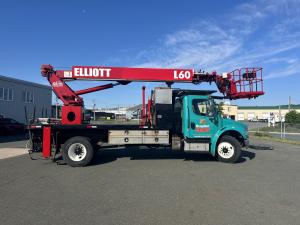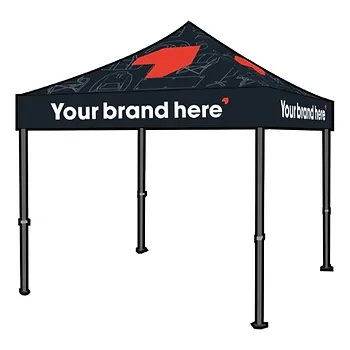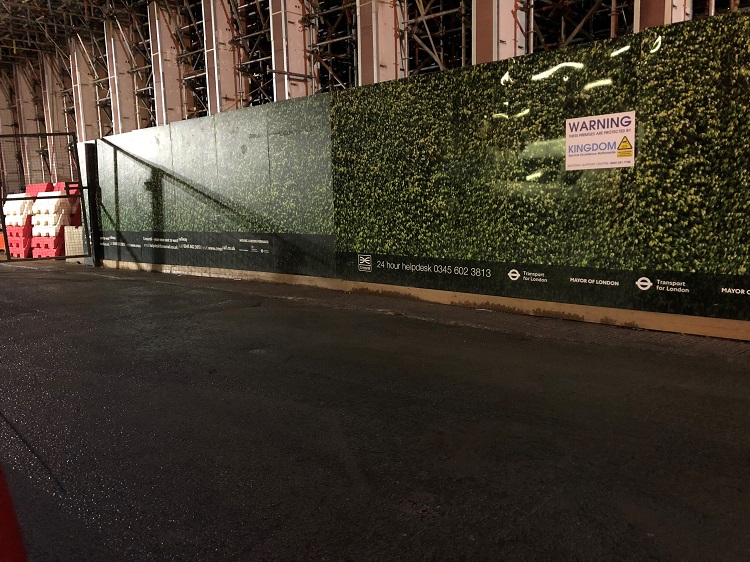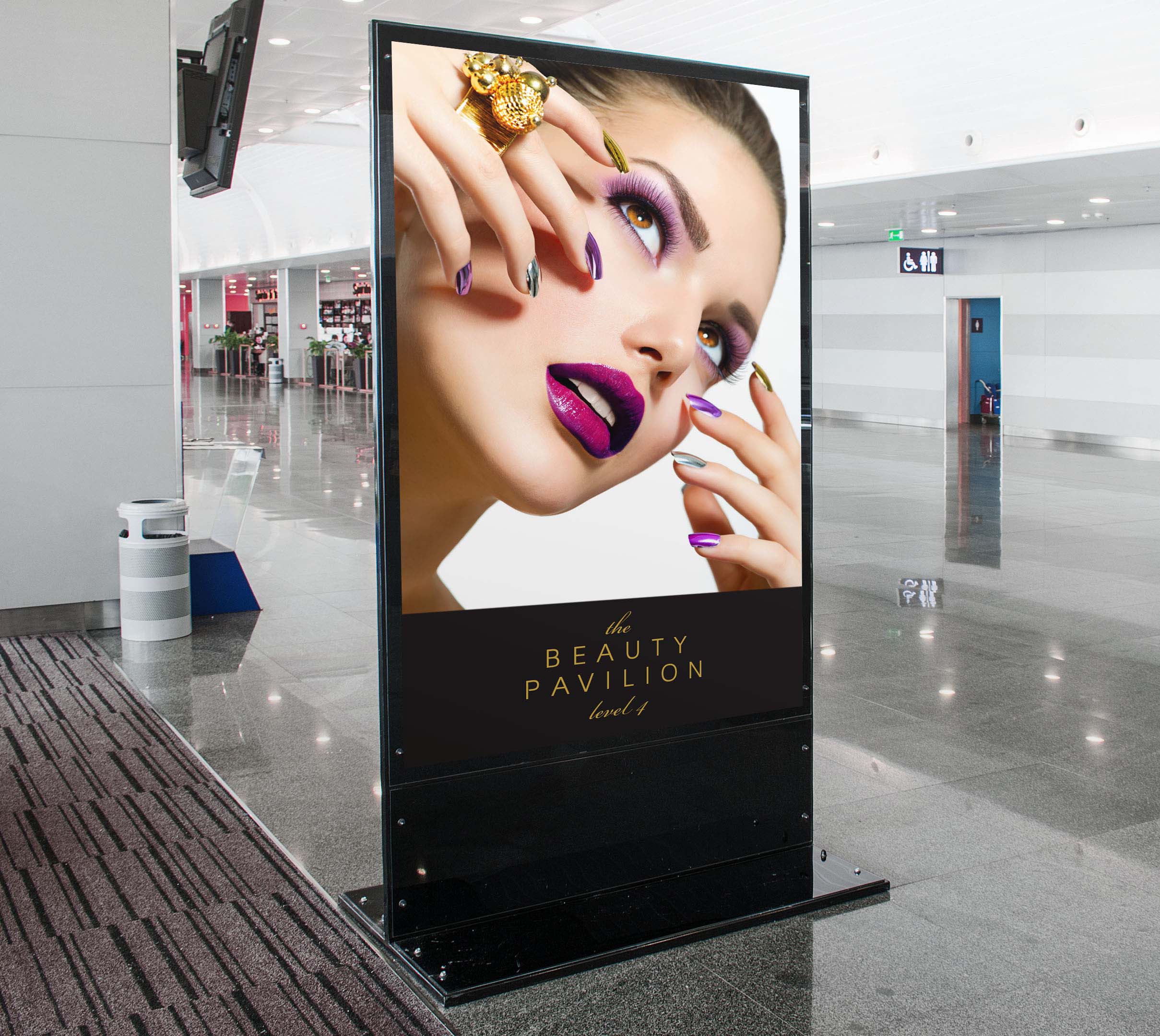Sign Shop Profile: Heritage Sign Builders
 Replicating wood
Replicating wood
The production process begins with the development of a wood pattern, which involves consulting with the client to determine the concept. A sign can then be further developed from the pattern, creating a silicone mould and filling it with polyurethane (PU) to finish the product. This way, a single carefully carved shape can be replicated as many times as needed.
“We use custom-built presses,” Bogdan explains. “You build a wood mould box for your pattern, usually 102-mm (4 in.) thick, and put it in the press bottom-up. Then you pour in the rubber silicone. It takes about 24 hours to cure before you have a rigid part. If you do one perfect carving, then you can use PU to keep making them.”
For Bogdan, the appeal of HDU goes beyond achieving wood patterns. He has also used the material to mimic the textures of other materials, including asphalt and burlap.
Painting helps add to the effect, through the use of paint masks and drop shadows. Screen inks are rolled on, layers are spray-painted and details are hand-painted, but in all cases, the process is labour-intensive, not automated.
“While I can’t see making a living at carving wooden signs now, our work is still handmade on so many levels,” says Bogdan, “and we have to design everything in the first place so it can be painted properly.”
Heritage’s in-house mould-making capabilities have yielded some niche work outside the sign industry. A train hitch manufacturer, for example, had light, cast duplicates made of its prototypes, so they would be easier for salespeople to carry around and show to their customers. And in keeping with Heritage’s specialty in wooden-sign esthetics, the company has performed architectural restorations that involve replacing rotting wood with HDU forms that will retain its texture much longer.
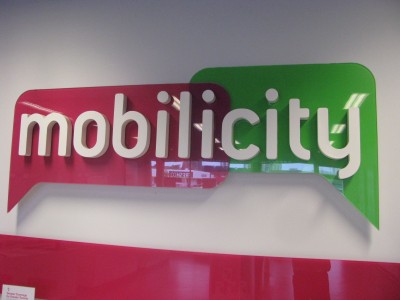
“There are lots of opportunities for our work to be used in environmental graphic design (EGD) and architecture,” says Bogdan. “We can solve a lot of problems.”
Staying small
Heritage has been something of a family business over the years. Bodgen’s father, Stan, used to be involved but has now retired, while his daughter Hayley and son Mike, both in their early 20s, remain actively involved and his wife Kathleen serves as secretary.
Unrelated employees also tend to be in for the long term, including sign painter John Harpwood and sales representative Phil Thatcher. As for Bogdan himself, he says he has no plans to quit.
“This will be my career until the end,” says Bogdan. “We don’t really have a lot of competition because we usually do small quantities of pieces that can’t be automated. I would like the business to get a little bigger, though, and do more work for the U.S. market. That’s the next stage.”
For more information, visit www.heritagesignbuilders.com.

